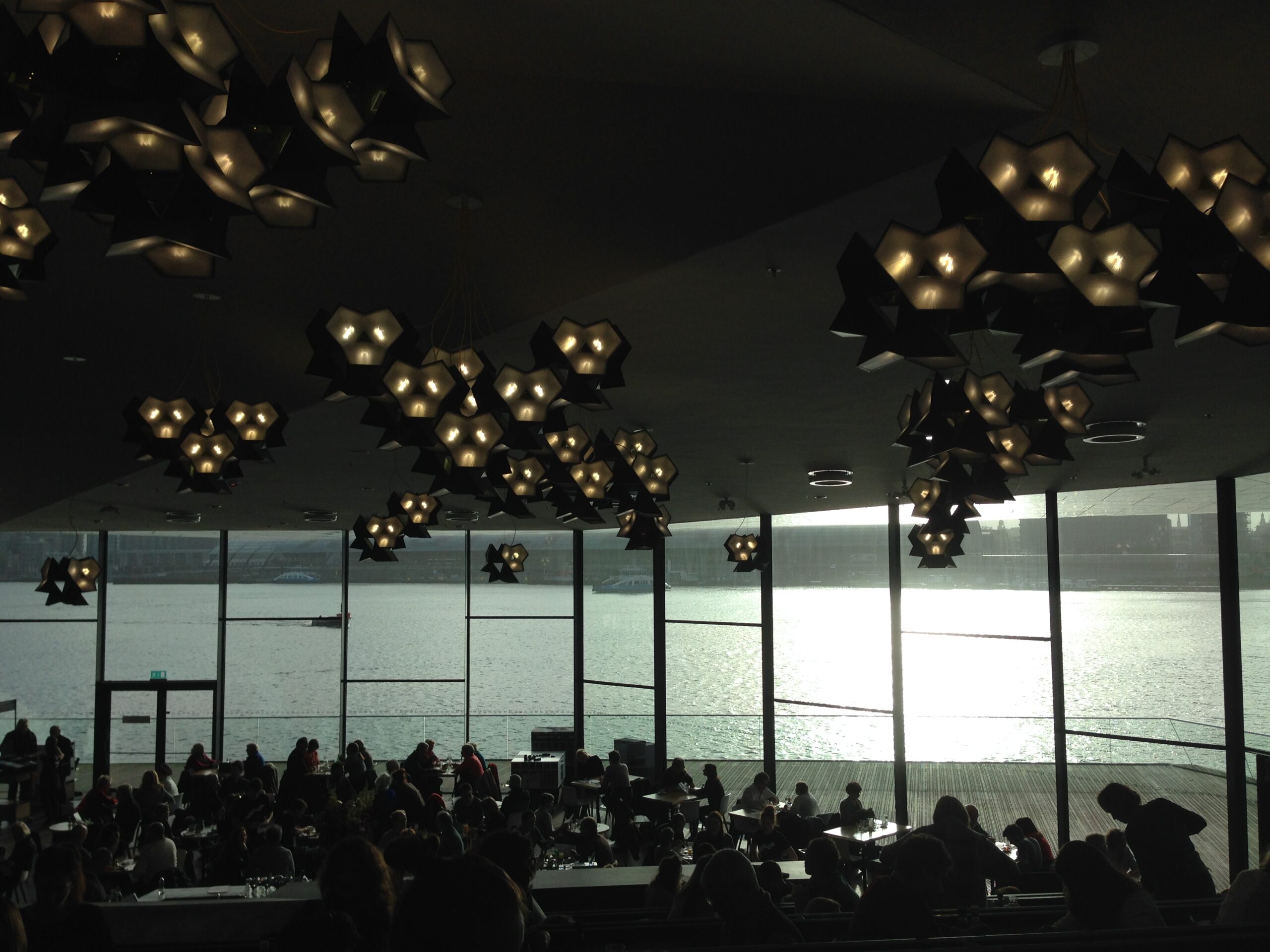The WEF Got It Half Right: Future Skills Can’t Be Taught in a Classroom
The World Economic Forum’s Future of Jobs Report lists the skills every organization will need to survive the decade: adaptability, creativity, analytical thinking, and resilience. They are right about the what. But knowing the list does not build the skill.
Most companies can name these capabilities on a slide. Far fewer can name the last time their people practiced them. That is the half the WEF misses, and it is where learning and development either works or fails.
Why Traditional Training Stops at Awareness
Classroom sessions and slide decks move information efficiently, but efficiency is not mastery. You cannot learn adaptability in a lecture or resilience from a PowerPoint. The human brain changes through experience, through moments that test, stretch, and reward new behavior. Without that friction, learning fades before it can shape performance.
From Information to Experience
Experiential learning closes that gap. It gives people a chance to live the lesson before they need it. When participants must navigate uncertainty, collaborate under pressure, and recover from mistakes, adaptability stops being theory and becomes muscle memory.
That is what Eagle’s Flight designs for global organizations every day: immersive, behavior-focused learning that transforms “I understand” into “I can do.”
Example: A financial-services team learning analytical thinking does not watch a case study. It competes inside a simulated market. Decisions have consequences, data has context, and improvement is visible. By the end, analysis is instinctive, not abstract.
Future Skills Are Built, Not Bought
The companies leading the next decade are already changing how they develop people. A global technology client of ours used experiential design to push its R&D teams beyond incremental thinking. In three sessions, they generated more new-product ideas than in the previous two quarters combined, not because they learned new frameworks but because they experienced the mindset of innovation.
The Leader’s Challenge
As you plan your 2026 learning strategy, ask a harder question than “Which skills do we need?” Ask, “Where will our people practice them?”
The organizations that embed experience into development will outlearn their competitors and outlast disruption.
Future skills are not taught; they are rehearsed. And rehearsal begins the moment you stop delivering information and start creating transformation.
FAQ: Future Skills and Experiential Learning
What are the top “future skills” identified by the World Economic Forum, and why do they matter for leaders?
The World Economic Forum highlights adaptability, creativity, analytical thinking, and resilience as the capabilities that will define the next decade. These skills matter because technology is automating knowledge faster than ever. What still gives companies an edge is how quickly their people can learn, adjust, and innovate in the face of change.
Why can’t adaptability, creativity, and resilience be learned in a classroom?
Because theory does not create pressure. Classroom learning explains the concept, but these skills only form when people must use them. Adaptability happens when plans fail. Creativity grows when the familiar no longer works. Resilience develops when people recover from real setbacks, not case studies.
What is experiential learning, and how does it change behavior inside organizations?
Experiential learning puts people inside realistic, high-stakes situations where they have to think, decide, and act. That experience creates emotional impact and self-awareness, which rewires behavior far more effectively than slides or lectures. It turns “I understand” into “I can do.”
How does experiential corporate training prepare teams for the future of work better than lectures or e-learning?
The future of work is unpredictable. Experiential training lets teams practice unpredictability in a safe environment. Participants experiment, fail, recover, and adapt, which is exactly what the next decade demands. E-learning can tell them what to do, but experience shows them how it feels when it matters.
Can you share an example of how experiential learning helped a company build adaptability or resilience at scale?
A financial-services organization used crisis simulations to teach its leaders how to stay decisive under pressure. Over several sessions, teams made time-sensitive calls with incomplete information and saw immediate consequences. Within months, employee engagement scores rose, and leaders reported greater confidence navigating real disruptions.
What practical steps should leaders take in 2026 to start embedding experiential learning into their development strategy?
Start by mapping which skills matter most in the next 18 months, not the next decade. Build short, immersive experiences that let people live those moments. Track behavior, not attendance. Partner with experts in experiential learning, such as Eagle’s Flight, who know how to design programs that move from awareness to measurable change.





